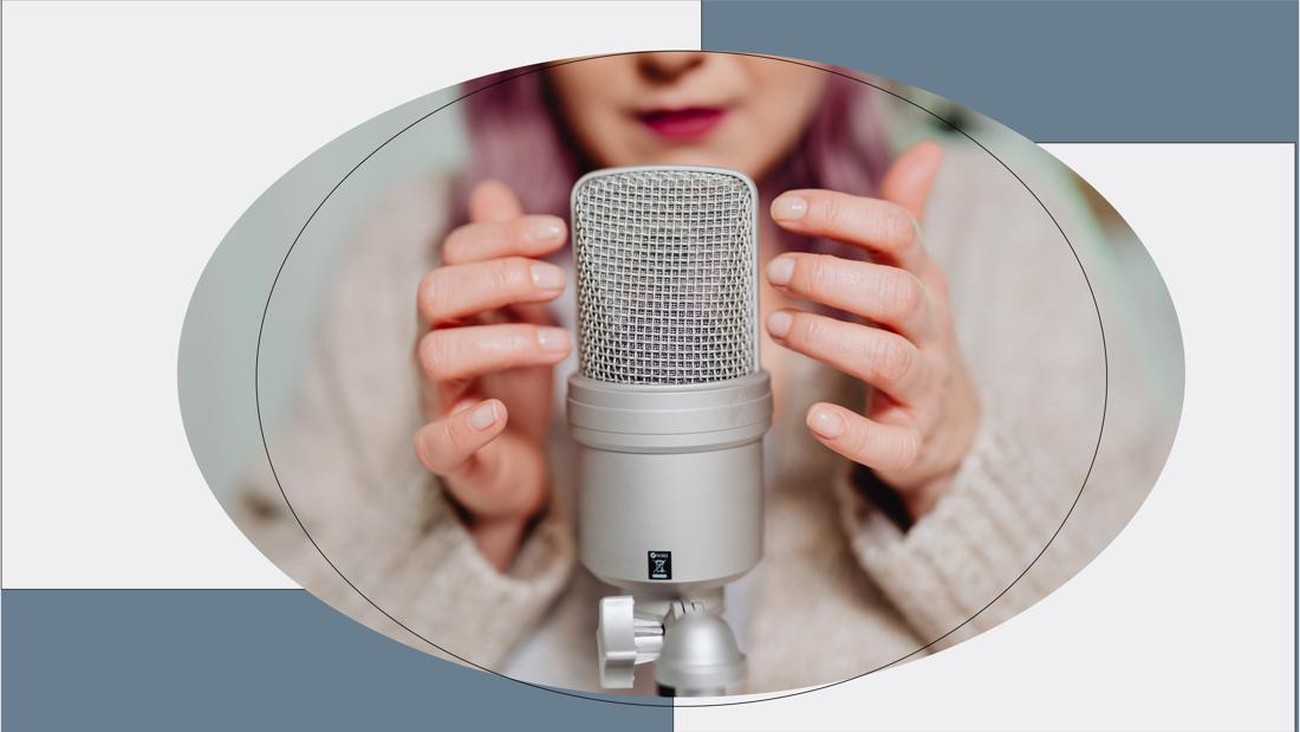You either look up ASMR videos on YouTube or randomly see them on Instagram ads, and it could be anything; ASMR cooking, ASMR kinetic sand, ASMR slime, ASMR mukbang, and many more. There are thousands of ASMR videos ever to exist now, and it could get as varied and random as it could be. People dip their mics in sprinkles, balls, gel, bath bubbles, or tap their long nails onto objects like metallic accessories, a wood chunk, furry materials, down to cutting makeup brushes, soap bars, and so on.
ASMR is first introduced to the internet by a user under the name "okaywhatever" who described her experience on ASMR sensation in an online health forum; at that time, there was no name to explain this phenomenon. In 2010, a participant in an online forum proposed the phenomenon to be called the autonomous sensory meridian response or as what we know now as ASMR. Since then, the internet went wild with its ASMR videos.
Many people enjoy watching (or hearing) these videos because they claim that they are satisfying and calming. Some people also turn to ASMR to help them sleep or improve their moods. But how can this occur? Why does ASMR feel both satisfying to see and hear? Is there any science behind the sensation that we have because of ASMR?
A study in 2018 tested the emotional and physiological correlates of the ASMR response, which is a form of online experiment participated by 1002 people. The ASMR group experienced reduced heart rates and increased skin conductance and a small increase in sweating. This indicates that the ASMR experience was both calming and arousing. From this occurrence, it can be stated that the ASMR experience is different from relaxation, the excitement of sexual arousal, or the chills that happen when you hear a really good song.
Furthermore, an fMRI-based methodology study--jointly conducted by the Center for Cognitive Neuroscience of Dartmouth College and the Department of Biopharmaceutical Sciences of Shenandoah University was executed to examine brain activation during the ASMR experience. Ten people watched ASMR videos while undergoing MRI scans of their brain, and should they experience relaxation or tingling sensations, a button inside the MRI scanner is available to use by participants to let the researchers know.
The study shows how the ASMR triggers lit up several brain areas, including ones that process reward, emotional arousal, and social behaviors. In addition, oxytocin and other neurotransmitters like dopamine, endorphin, and serotonin may also play roles in ASMR. No wonder why the public interest in ASMR has risen dramatically.
ASMR has been around for over a decade, and it remains a popular phenomenon with numbers of ASMR enthusiasts that never declines. I don't consider myself an ASMR enthusiast. However, I can't argue that the kinetic sand cutting and floral sponge crushing videos are not visually satisfying and therapeutic. What types of ASMR videos do you like to see?
(HAI/MEL)
